Rammer VS Compactor: Which One Is Right For Me?
Natural soil consists of several components like minerals, air, water, and organic matter. Soil compaction is the mechanical process of increasing soil density. The methodical process of soil compaction reduces the soil settlement, increases the load-bearing capacity, and lessens the water seepage. A well-compacted soil provides safety and ensures the feasibility of holding the structures, sidewalks, driveways, and other buildings.
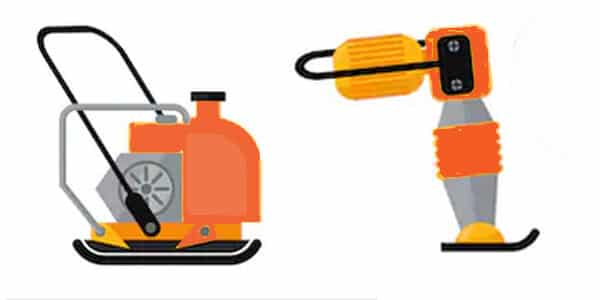
In every construction site, soil compaction is a necessary process that increases the stability of the ground. There is a myriad of soil compaction machines available today in the market like vibratory forward plate compactors, tamping rammers, vibratory rollers, and so on.
If you are a builder, a tradesman, or a bricklayer then you must be aware of the constant debate that argues which one is better; a vibratory rammer or a plate compactor?
The decision to choose the right product for your site depends on the size of the project, location, longevity of the project, and many other factors. But before we dig into those details let’s start with the basics!
Contents
What is a vibratory rammer?
Vibratory rammer is a lightweight and portable compaction machine that uses the phenomenon of vibration to compact the soil. It’s sleek body and easy operation enable it to reach out to small nooks, thus, making it perfect equipment to use in hard to access places. These machines use power from either petrol or diesel.
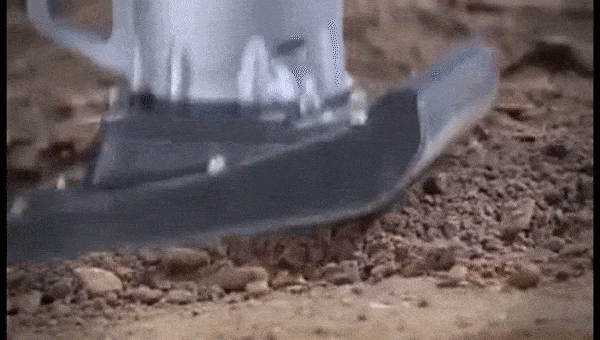
Vibratory rammers compact the soil mechanically using high impact force. So, they are ideal during the construction of roads and pavements where they need strong soil compaction.
What is a plate compactor?
Plate Compactor is indispensable equipment in any construction site. They come in various sizes and styles to carry out the compaction efficiently. A plate compactor incorporates a heavy steel plate installed at the base of the machine. These machines resemble push style mowers but serve a different purpose.
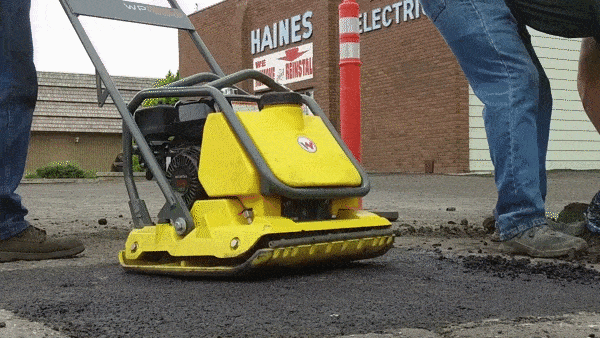
This versatile equipment offers various extensions and attachments that make the compaction process much simpler. The core of the machinery is a flat and heavy plate powered by diesel or gasoline. The rapid impact and heavy forces applied by the machinery tramps the soil more tightly thus, eliminating the risk of future settlement.
Where to use a vibratory rammer?
Cohesive Soils
Cohesive soil refers to clay or the type of soil with high clay content. The ideal soil for vibratory rammer must contain around 13% moisture. Clayey soils need a certain amount of water content to hold the soil particles together in a firm manner.
Vibratory rammers are ideal for cohesive soil types because the smaller plate size offers focused and direct compaction. Avoid using soil compactors in gravel or asphalt as it may cause damages to the machine.
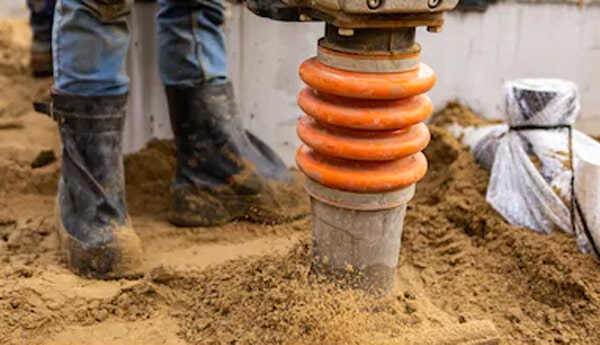
Tight Spots
The compact shape of rammers allows them to reach smaller areas, tight spots, and trenches where compactors are not easy to manoeuvre.
The sleek structure of rammers enables them to compact the soil deeply and in a concentrated manner. Therefore, filling the trenches becomes easier by filling more soil in each layer.
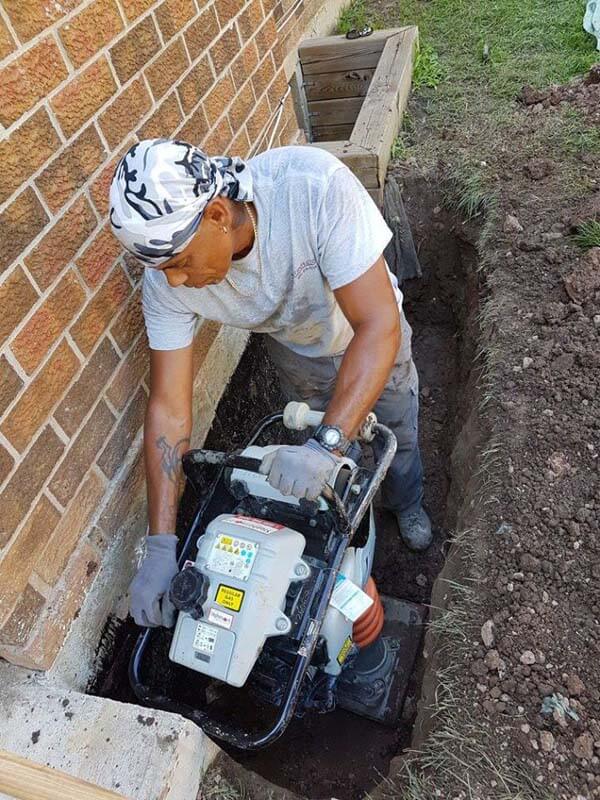
Where to use a plate compactor?
Granular Soil
Granular soil is a loose type of soil that consists of silt, gravel, and sand. This soil can be compacted regardless if they are dry or wet. They are brittle and have no cohesive strength therefore, they need separate equipment to reduce density. Plate compactors are ideal for granular soil type as it responds well to the high vibrations. The weight and frequency of vibration remove the air and space between the particles.
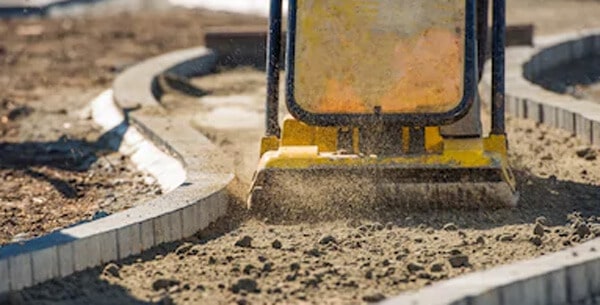
Larger Area
Due to the ergonomic design, plate compactors work well for larger and flat areas. Most compactors have a wide and large base that makes them ideal to be used in open areas. Therefore, this heavy equipment is ideal for driveways and parking lots with open areas that the machine can easily compact.
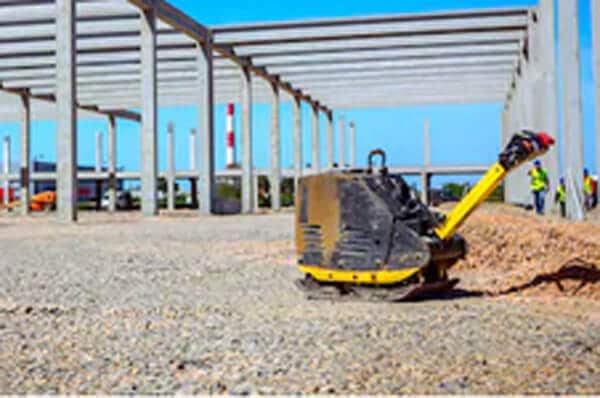
How to use vibratory rammer?
Vibratory rammers come in various sizes and attachment options to cater to the needs of specific sites. Some unique variables that define various vibratory rammers include engine type (two-cycle, four-cycle or diesel), shoe size, weight, travel speed, and impact force. Before investing in vibratory compaction rammers following factors must always be taken into consideration.
Tamping rammer is usually tilted at an angle while compacting the soil therefore the operation weight plays an important role in the selection of the equipment. The tradesmen use the handles provided at the top of the machinery to maneuver around. Whereas the low portion of the rammer has a plate that compacts the soil. An engine powered by diesel or petrol provides energy to the system and the efficiency of the rammer depends on the capacity of the engine.
The power from the engine transmits through the whipping system and the foot which generates shock force. The frequency of this compaction force ranges from 500-700 blows per minute. Vibratory rammers tend to lean forward during the operation therefore, always the machine with utmost care.
How to use a plate compactor?
Plate compactors are comparatively bulky but still comes in various sizes. Depending on the size of the project you can select the base plate size, travel speed, and power of the equipment. These plate compactors have a wear-resistant iron base plate that provides strength to the system. The engine is powered by diesel or petrol which provides the energy for the thrust.
The majority of compactors have a pull start petrol motor with a choke to start the machinery. Just turn the switch on and pull the choking cord to start the engine. The plate compactor moves forward on its own but needs you to constantly direction and manoeuvre the handle. It needs some resistance to fully control the movement of the equipment. Flipping the power switch will turn off the machine easily but allow it to cool down before shifting it.
Both vibratory rammers and plate compactors have their unique purposes. If you are divided between the choice of which machinery to choose, just have them both in your fleet to enjoy an efficient and effortless soil compaction process.
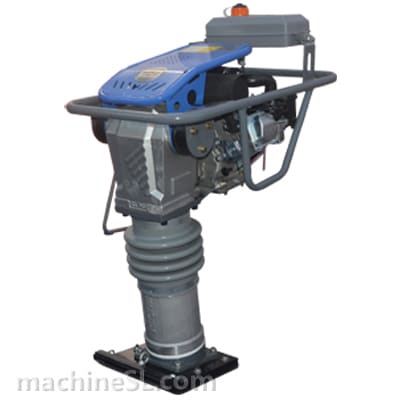
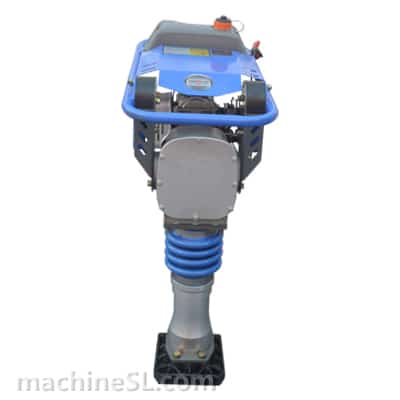
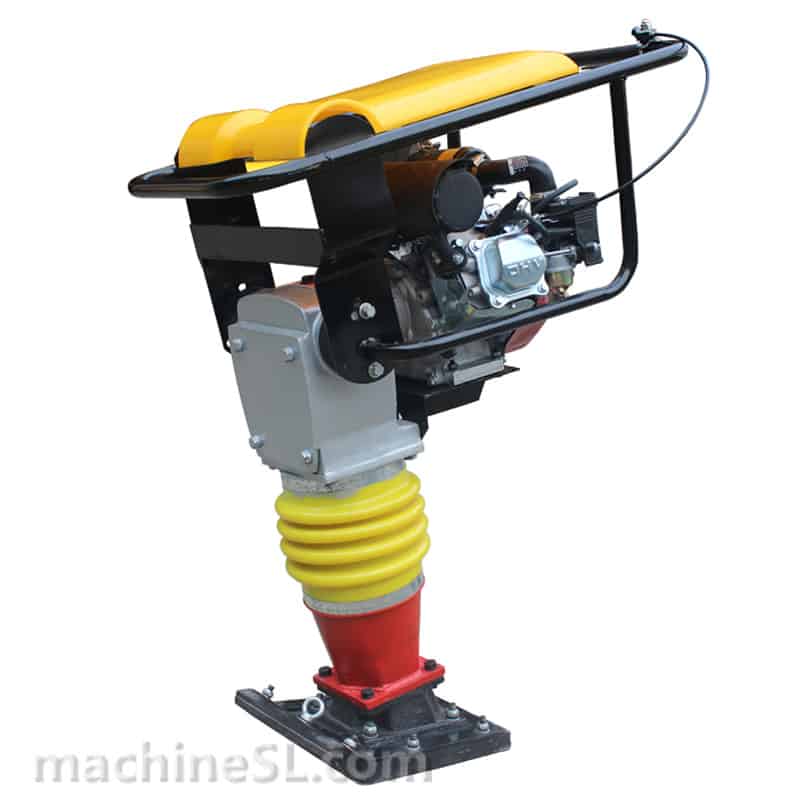
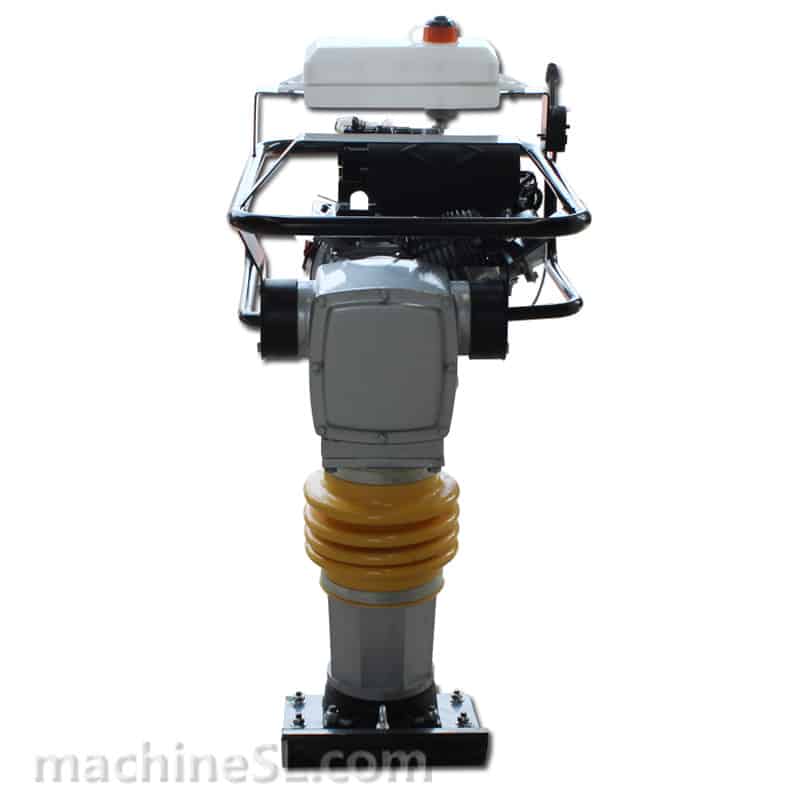
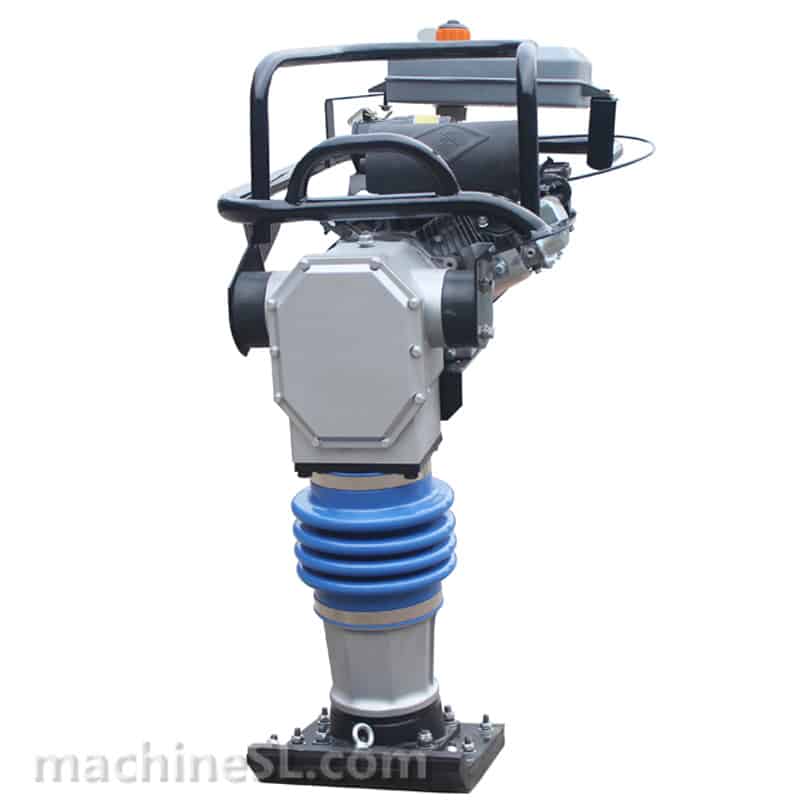
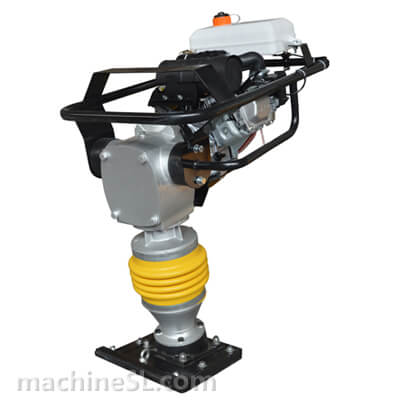
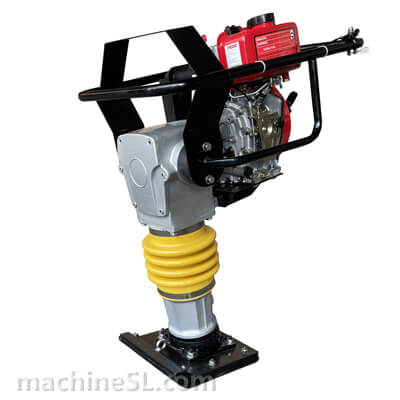
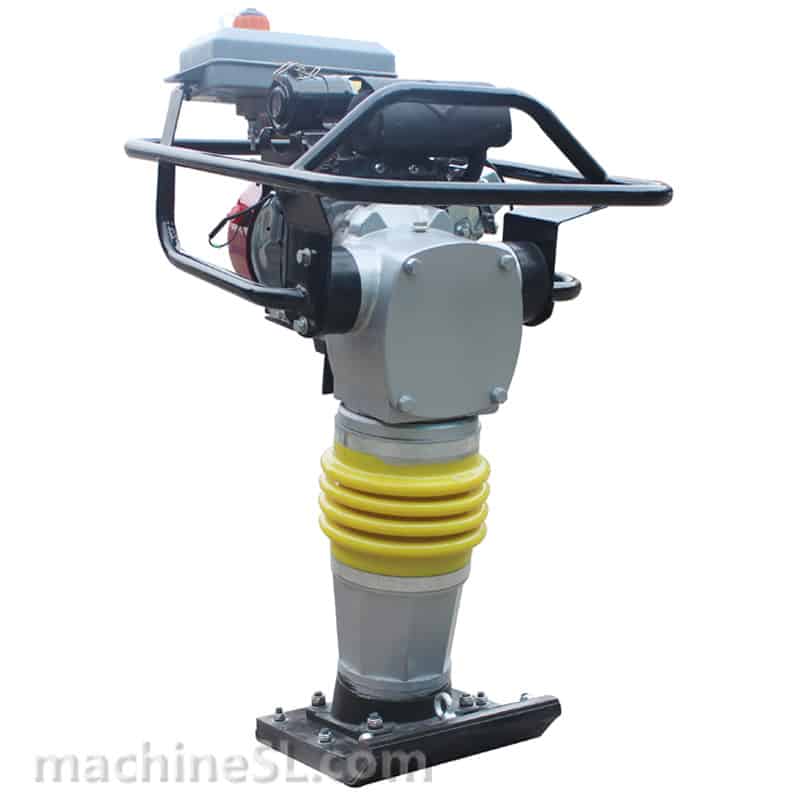
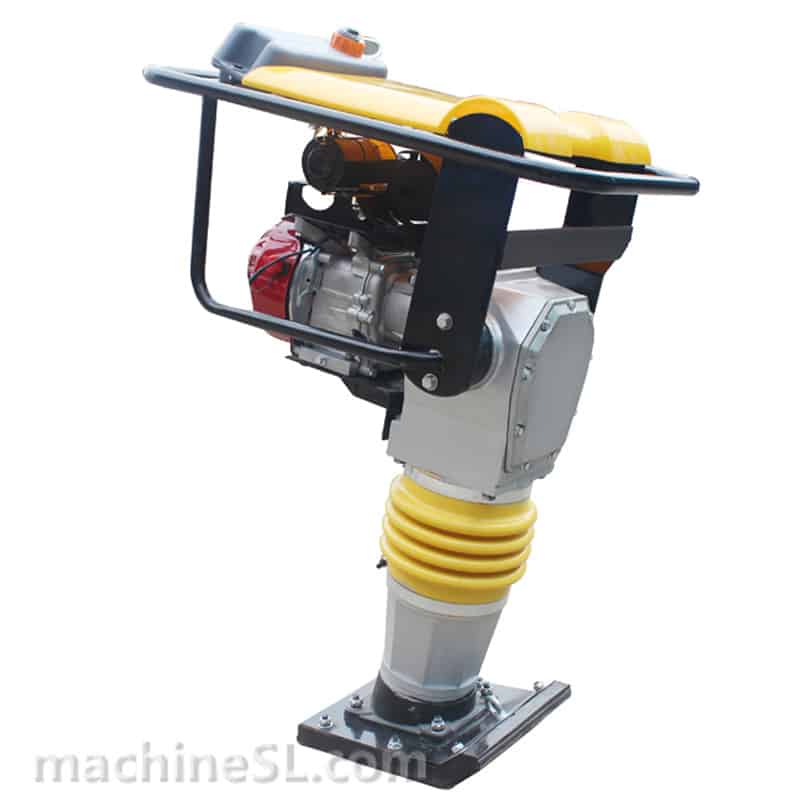
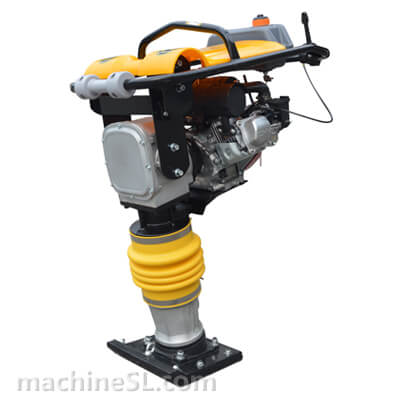
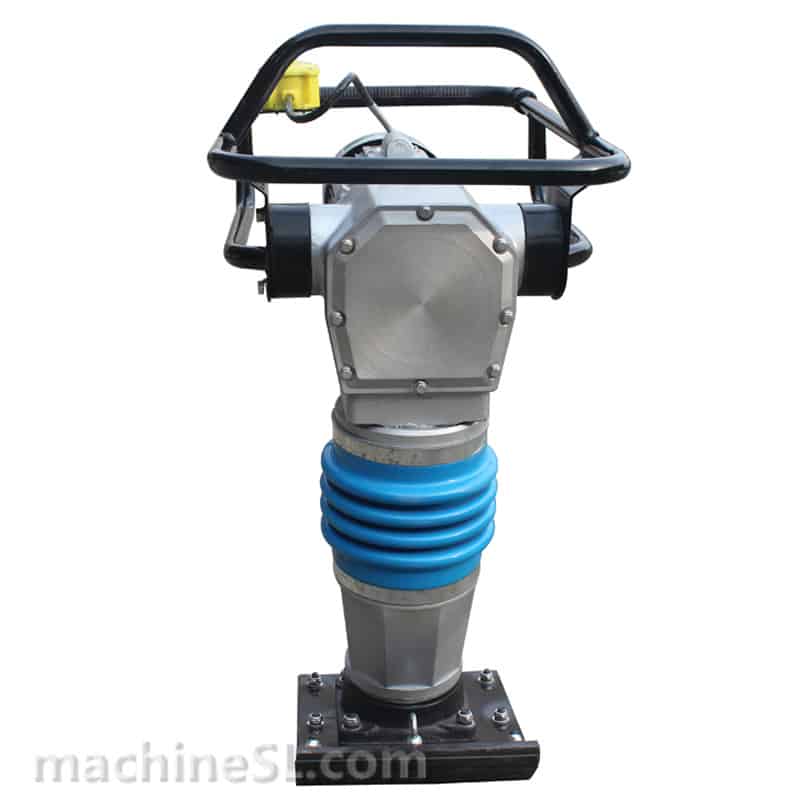
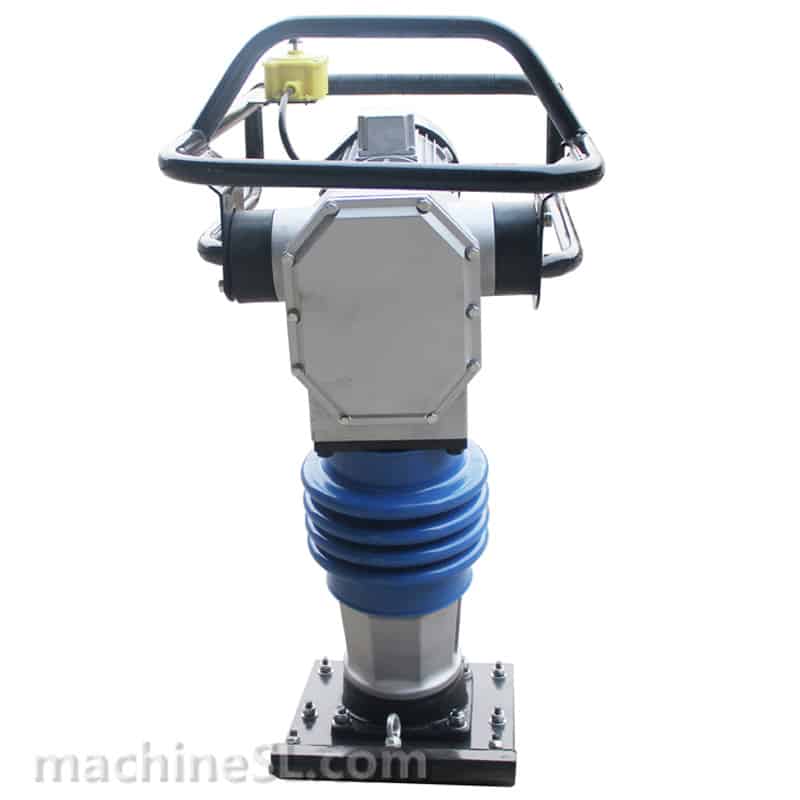
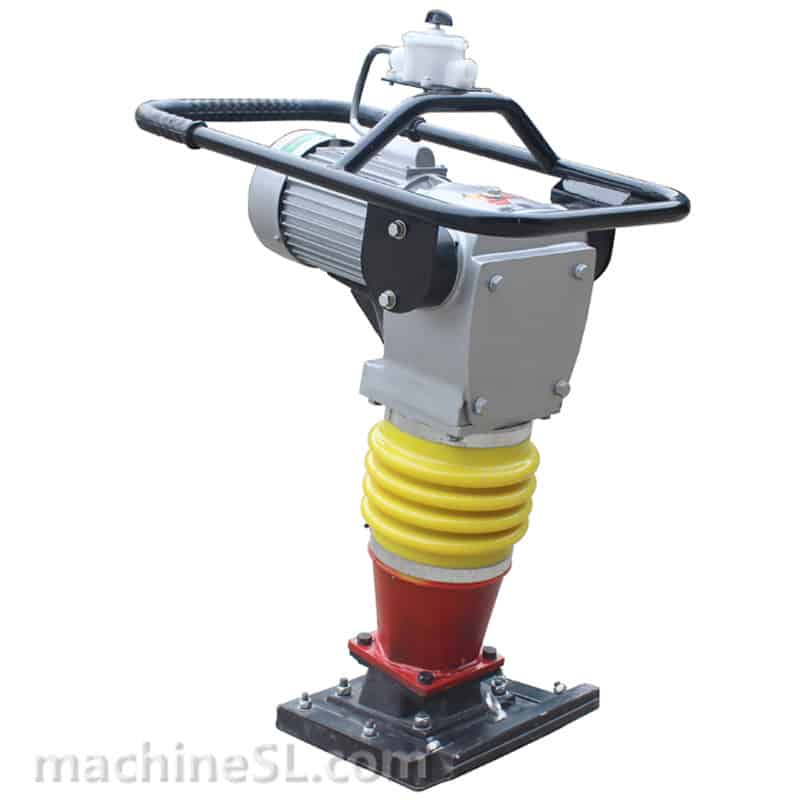
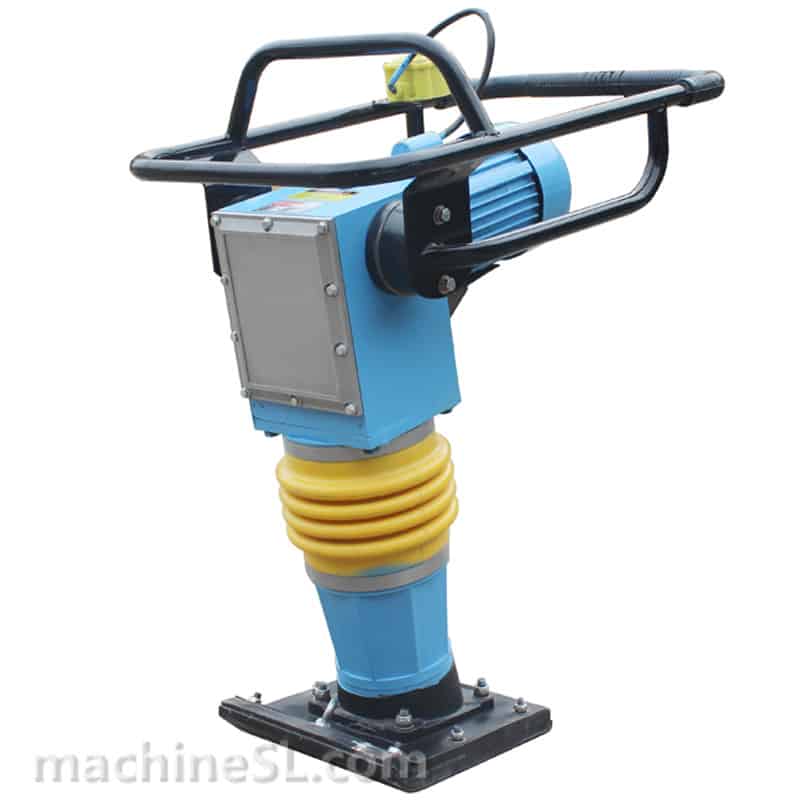
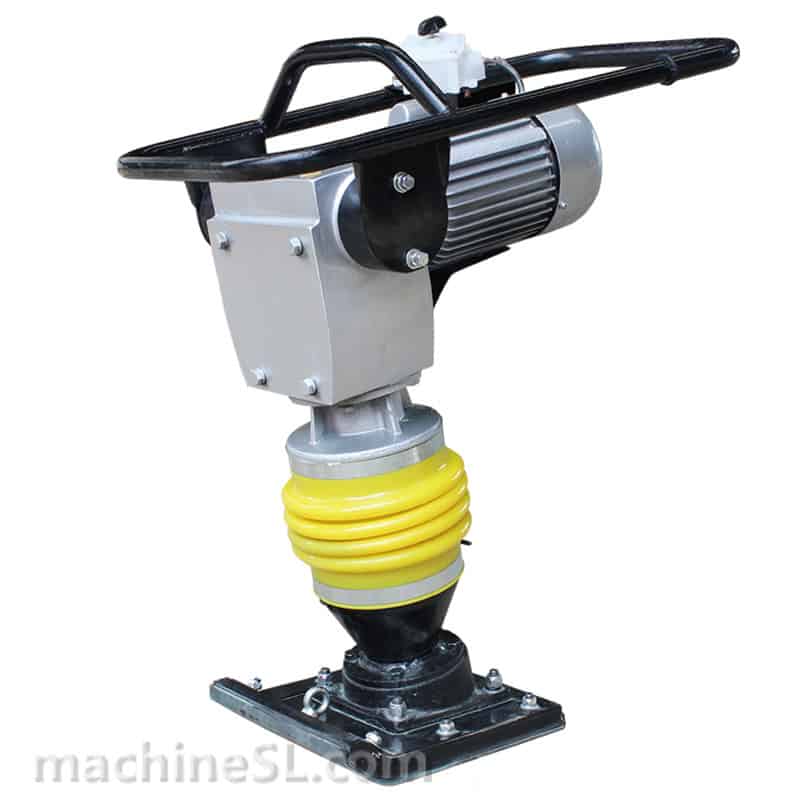
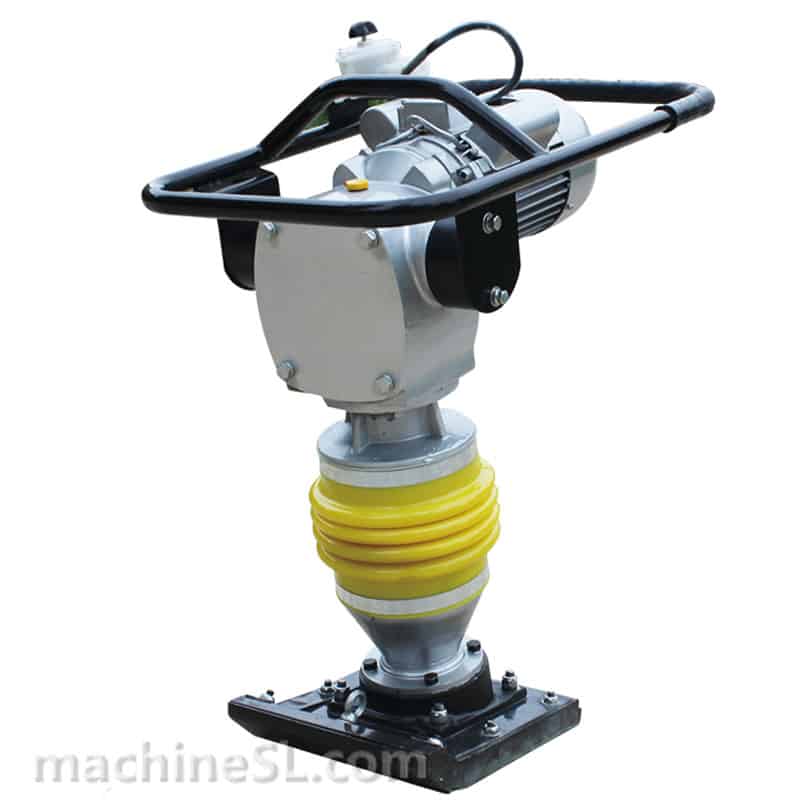
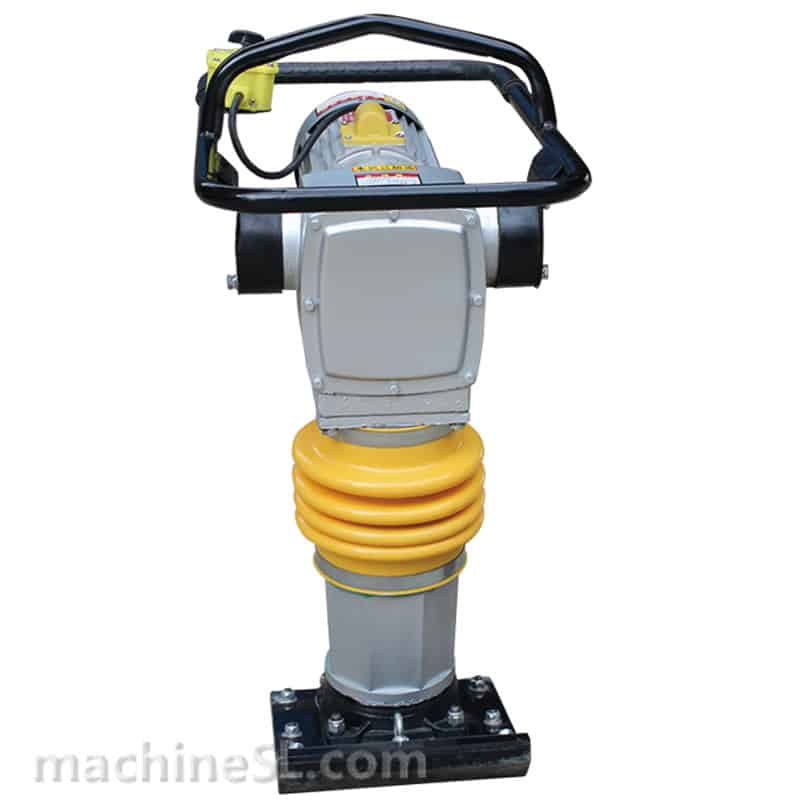
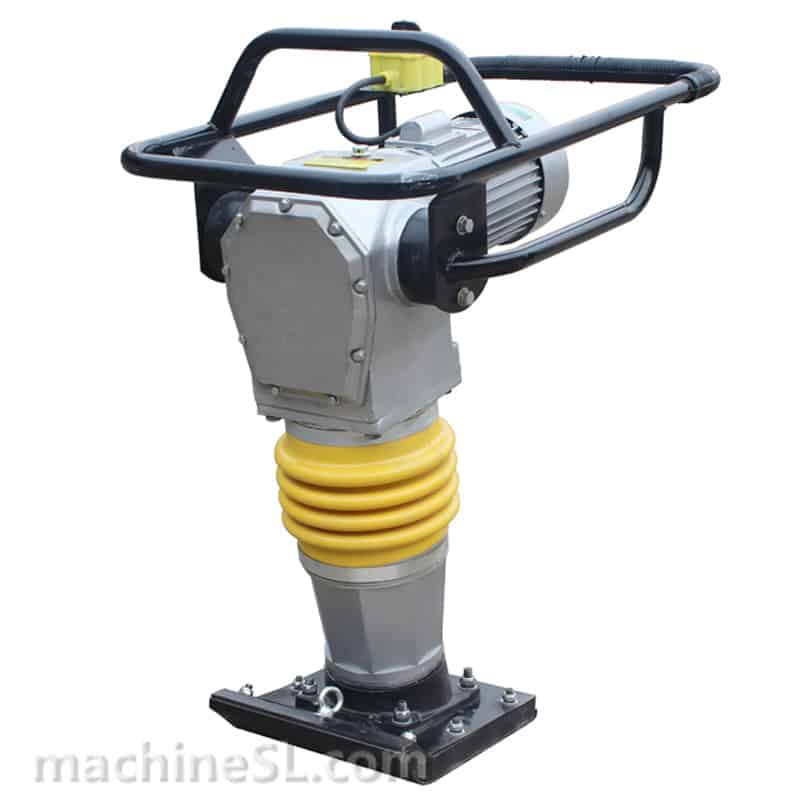
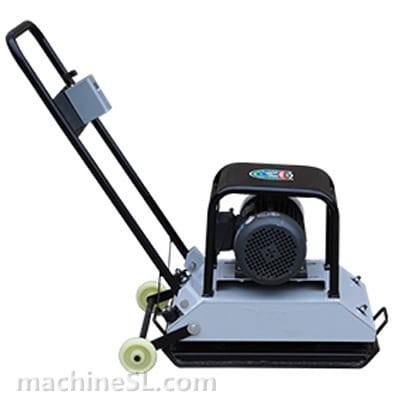
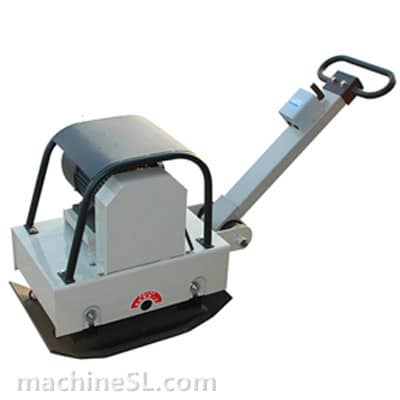
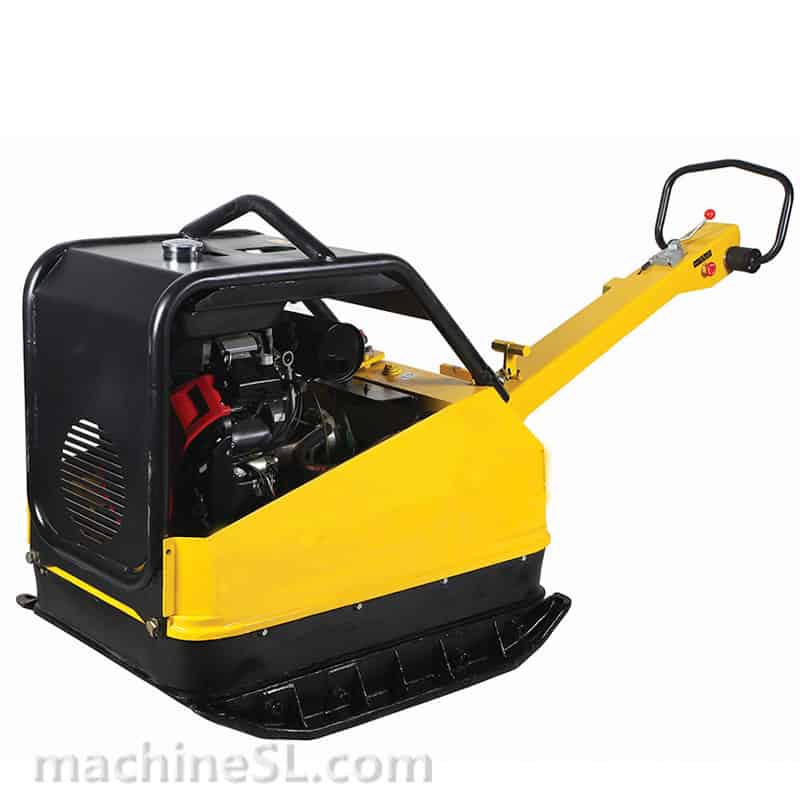
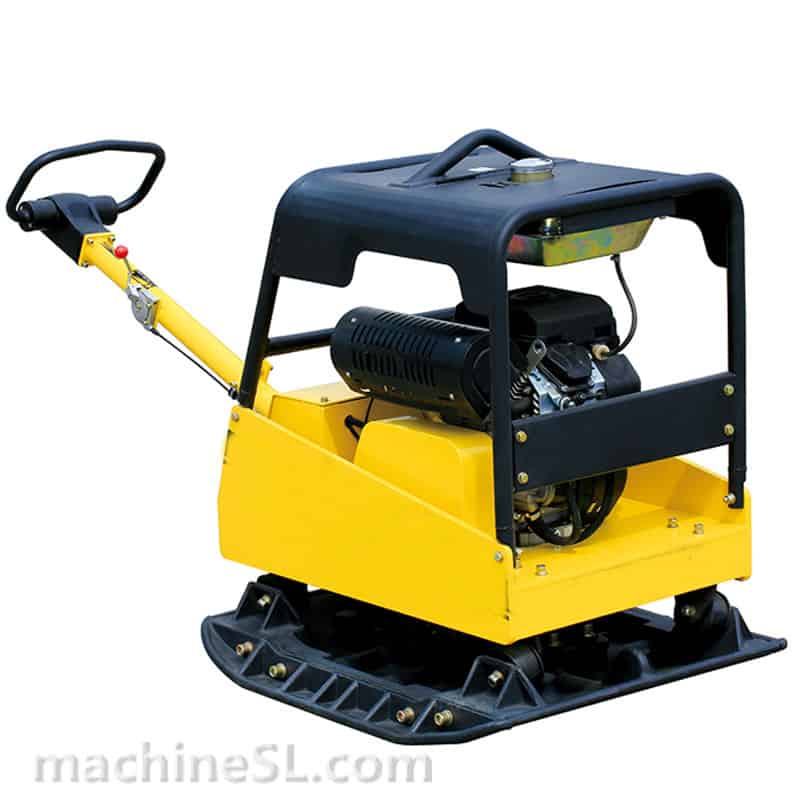
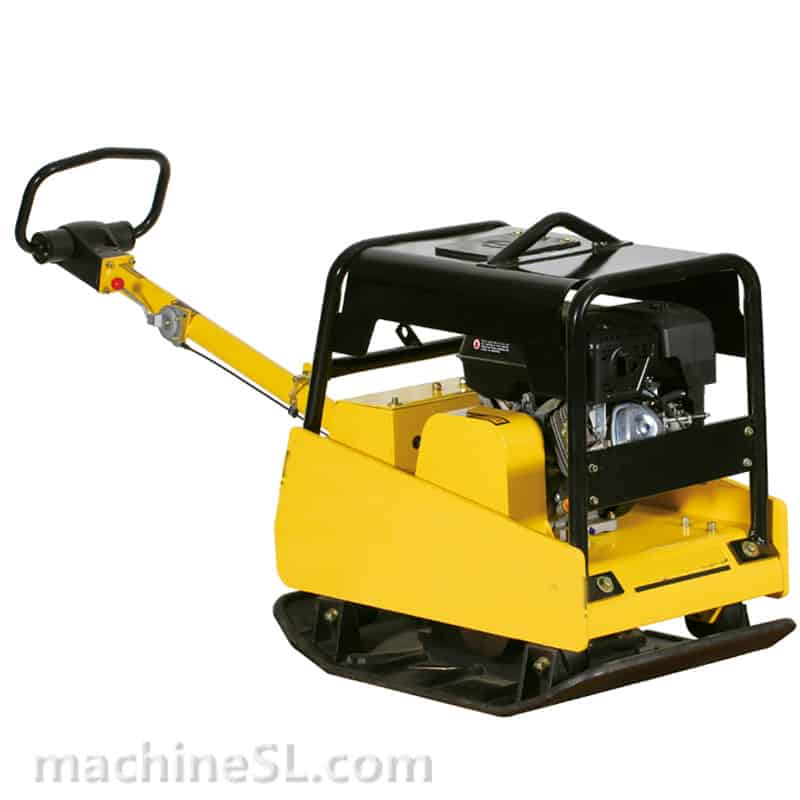
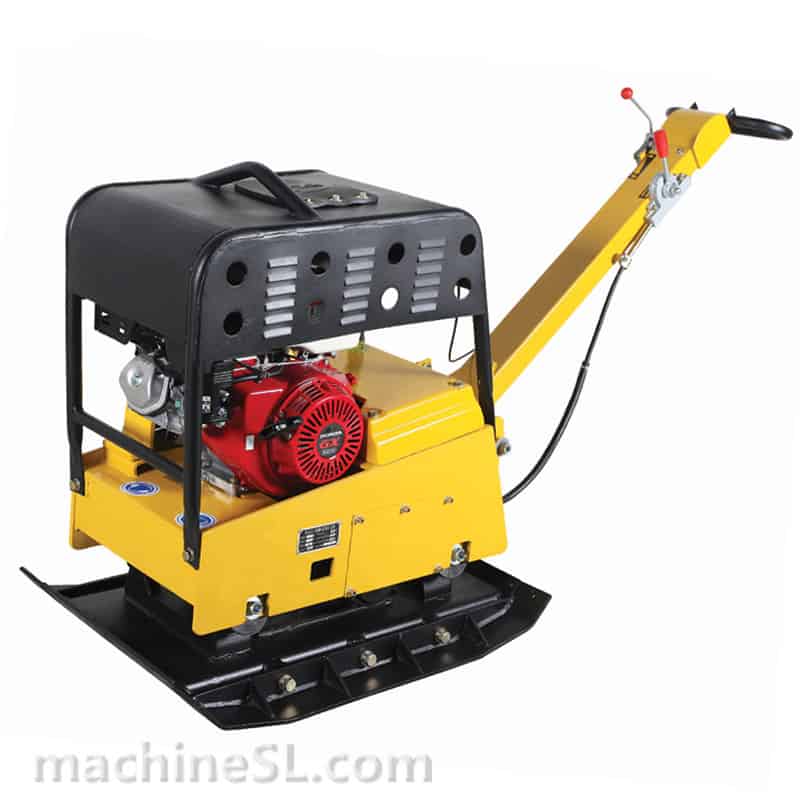
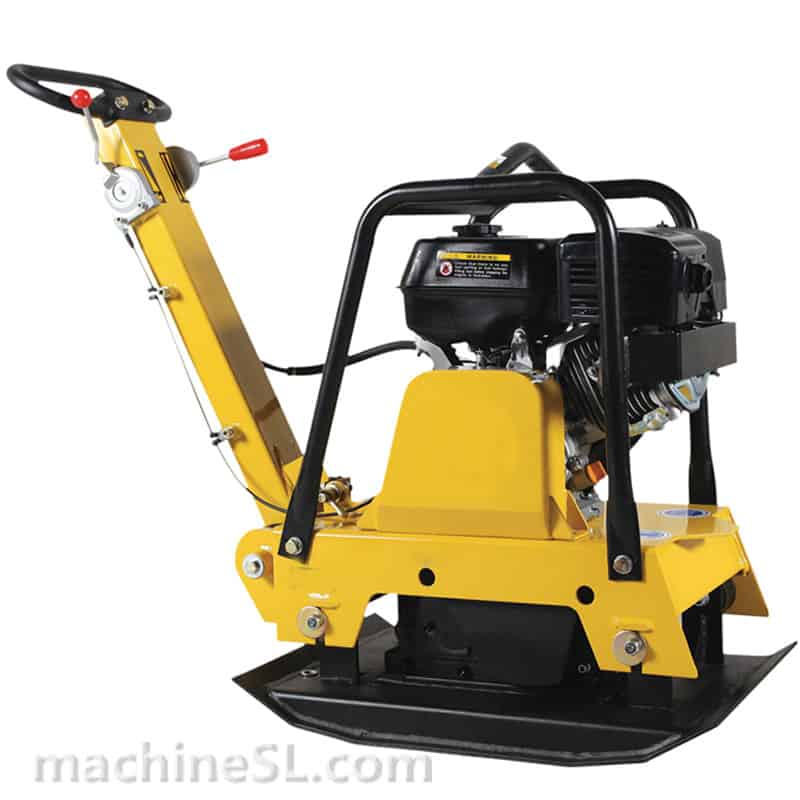
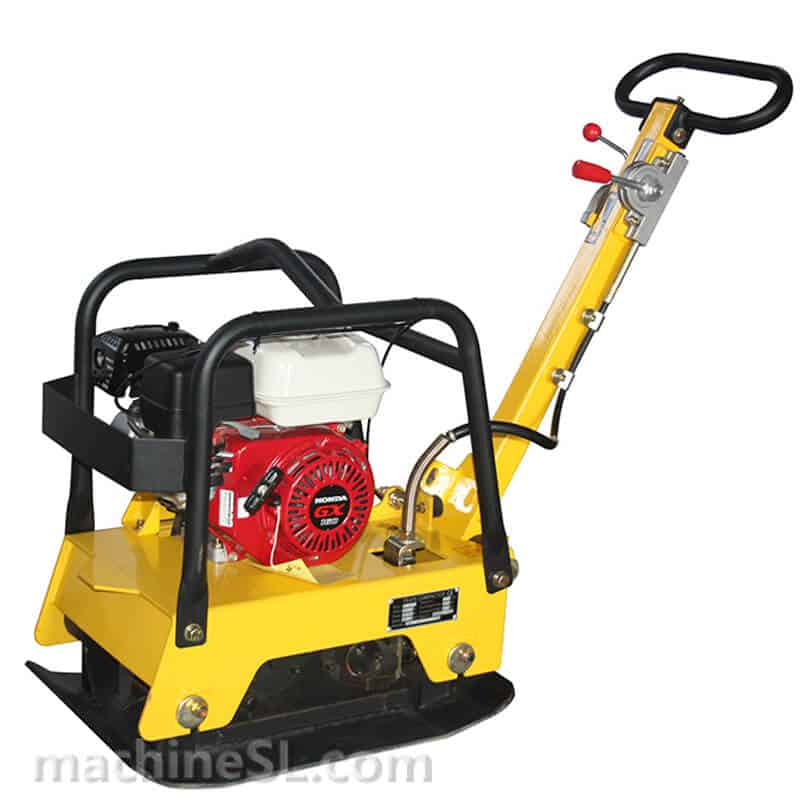
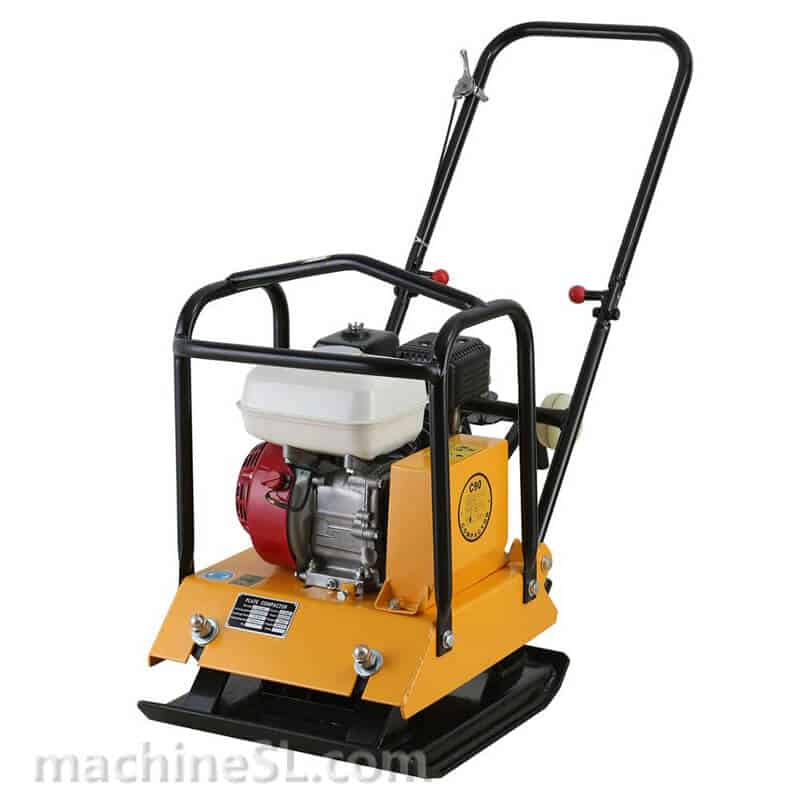
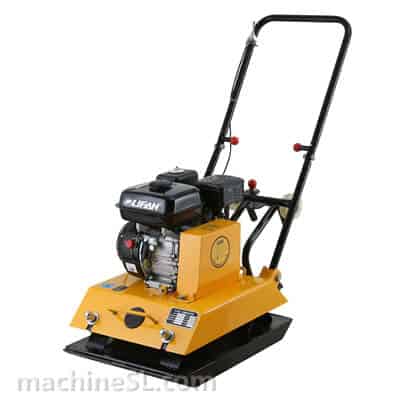
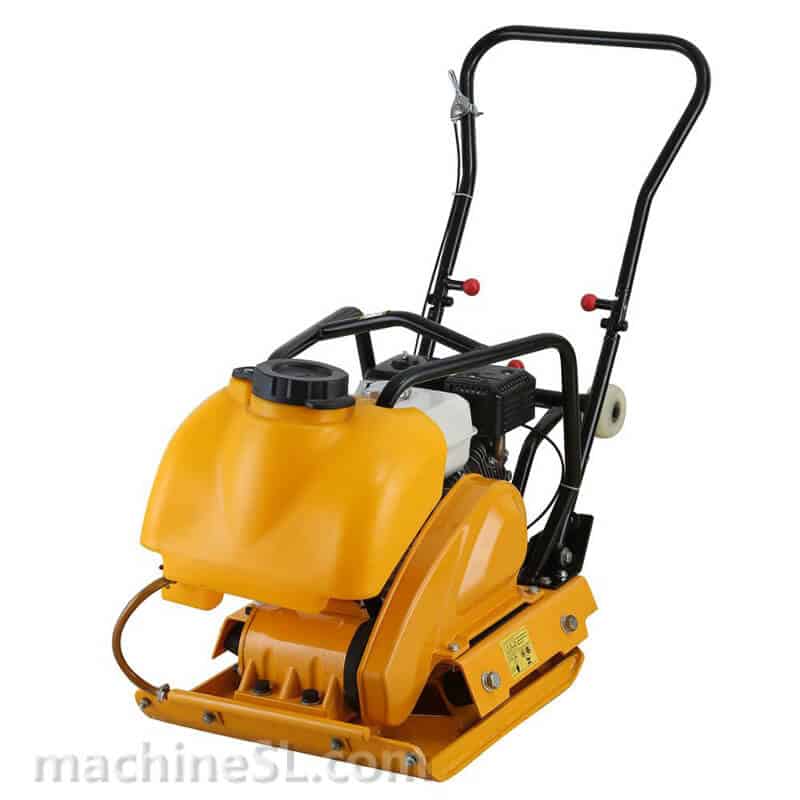
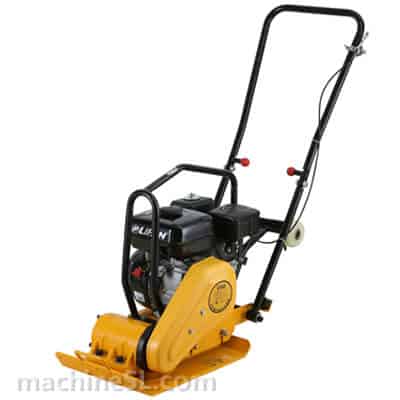
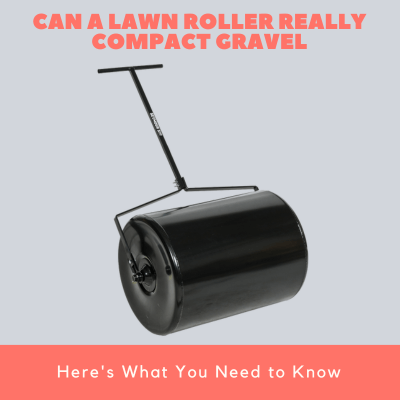
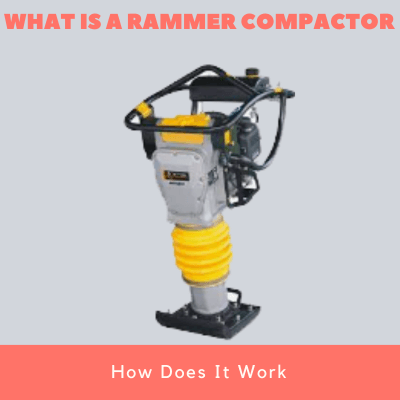
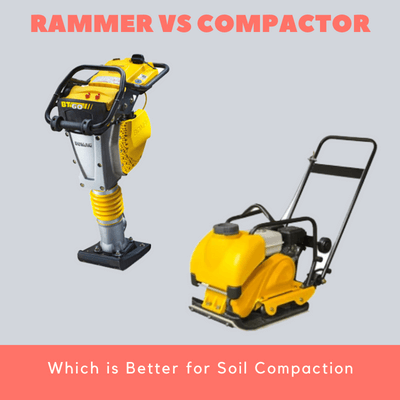
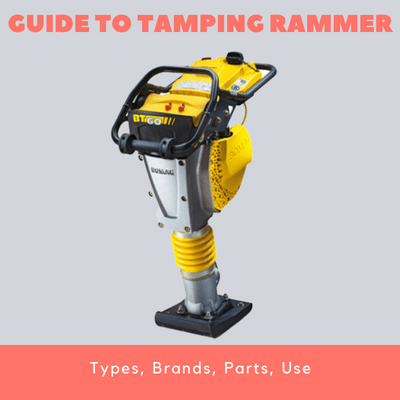
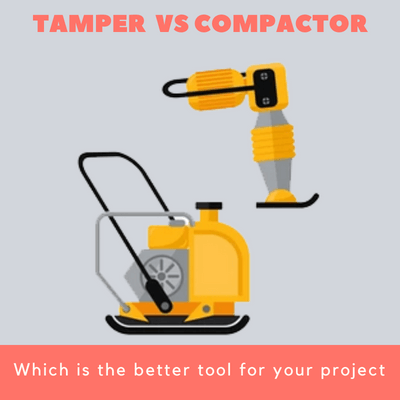
Still you have electric rammers(220 v) please send me price..
Hi Weerakkordy
Thanks for your message, let’s keep in touch by email